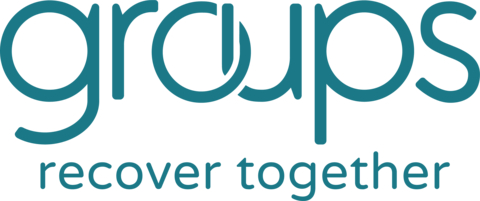Groups Recover Together Opens 24 New Offices in 2022, Impacts Over 20,000 Individuals Recovering From Substance Use Disorder
Groups Recover Together Opens 24 New Offices in 2022, Impacts Over 20,000 Individuals Recovering From Substance Use Disorder
Leader in opioid addiction treatment increases access to evidence-based care and supports holistic recovery for those with OUD across underserved communities across the United States.
BURLINGTON, Mass.--(BUSINESS WIRE)--Groups Recover Together, the nationwide leader in value-based care for substance use disorder, has announced that in 2022 it served over 20,000 individuals with evidence-based, holistic treatment across 16 states.
2022 was a devastating year for those struggling with addiction. Overdose fatalities reached a record high, despite increases in treatment capacity attributable to the growth of telehealth services. While Groups has been able to demonstrate consistently strong clinical outcomes across virtual and in-person services, many providers and patients seek the community and accountability inherent to in-person treatment.
Groups Recover Together was founded in 2014 to serve individuals and communities impacted by the opioid epidemic by offering evidence-based addiction treatment, a holistic model, and a hyper-local presence. When COVID-19 forced an industry-wide shift to telehealth, Groups continued to invest in local communities. Today Groups operates 142 offices, many of which have opened since March 2020.
In 2022, Groups Recover Together opened 24 new office locations in high-need communities, particularly in rural areas where access to opioid addiction treatment services remains limited. This expansion included the organization’s first locations in Arizona, South Carolina, and Missouri. In addition, Groups’ “Return to Office” initiative yielded a widespread return to in-person services.
Across in-person, virtual, and hybrid modalities, all Groups members receive access to the gold standard of treatment for Opioid Use Disorder. This treatment includes
- Weekly group therapy sessions with licensed, local clinicians
- Medications to assuage cravings and treat withdrawal symptoms
- Regular appointments with licensed physicians
- On-demand access to Groups’ Care Navigation team to support SDOH needs like housing, food, insurance and benefits, childcare, and more
“We recognize that virtual care is a preference for some and a life-saving necessity for others. Similarly, Groups knows that different treatment modalities will prove effective and engaging for individuals at different stages in their recovery,” explained Cooper Zelnick, Chief Revenue Officer at Groups Recover Together. “Regardless of whether a member is in recovery virtually, in-person, or in a hybrid of the two with us, the heart of Groups has always been a community of people with common problems seeking common solutions. With that in mind, we’re investing in technological solutions and physical community spaces that, together, ensure our members have the level of care they need to recover wherever they are and however they’re ready to engage with our community.”
In 2022, Groups Recover Together impacted more members than ever before. Across its 142 offices as well as its proprietary digital platform, Groups delivered nearly 72,000 hours of group therapy and performed nearly 12,000 biopsychosocial intake appointments. Through this work, Groups members achieved a total of nearly 420,000 weeks of abstinence from opioids, preventing countless overdoses.
Entering 2023, Groups Recover Together remains committed to delivering value-based, outcomes-oriented care for all who suffer from substance use disorders — through its expanding network of offices and the Groups mobile app. Serving the nation’s most vulnerable individuals requires a commitment to holistic care, a passionate, dedicated team, and direct investments in high-need communities so that effective, member-focused addiction treatment can truly be made available to each and every person who needs it.
About Groups Recover Together:
Groups Recover Together delivers opioid addiction recovery services that are proven to help individuals get their lives back on track. We provide fast, easy access to medication-assisted treatment (MAT) using Suboxone (buprenorphine), as well as a program designed to build a sense of community and accountability. In addition, members gain access to services through Groups’ holistic care model, which is backed by the belief that long-term recovery from opioids is tied to social, behavioral, and economic factors that aren’t typically addressed in a traditional treatment model. Learn more at joingroups.com or follow us on Facebook, LinkedIn, Twitter, and YouTube.
Contacts
Media:
Groups Recover Together
Press@joingroups.com
